Long-term Effects of Rewilding on Species Composition: 22-years of Raptor Monitoring in the Chernobyl Exclusion Zone
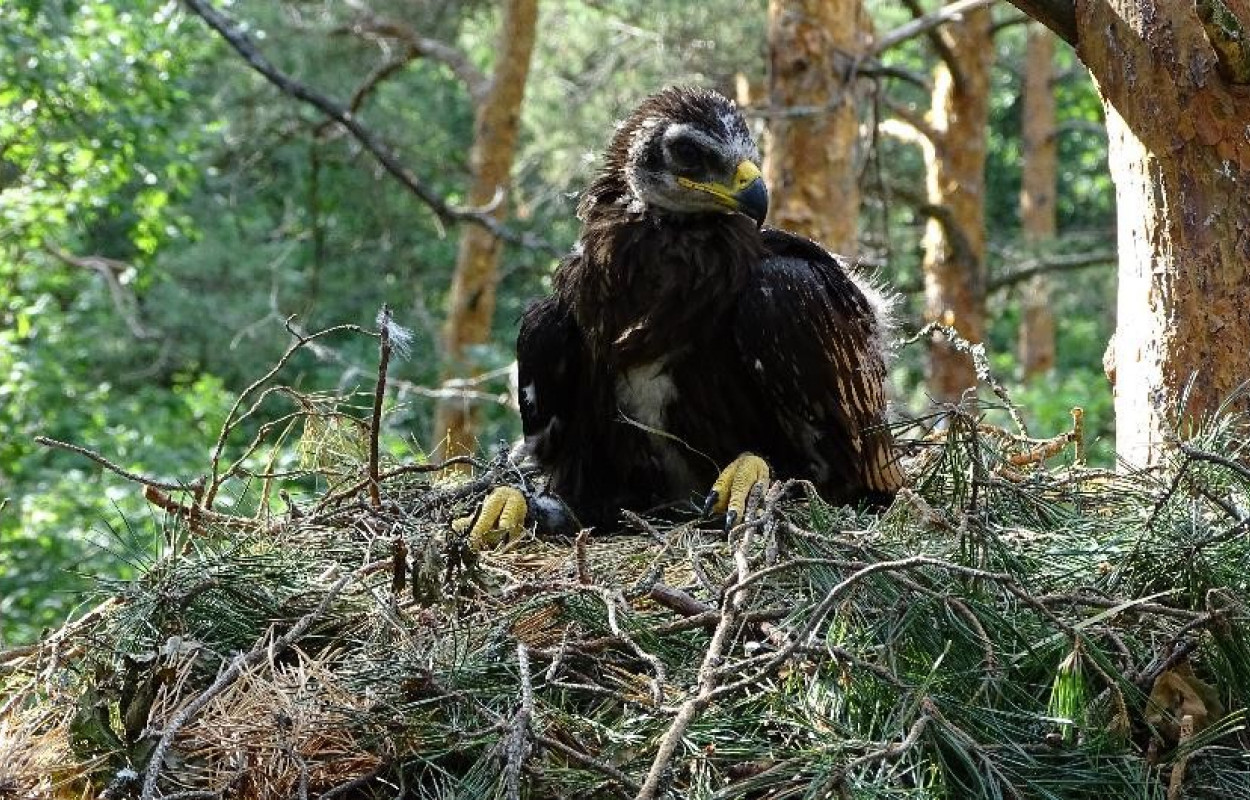
Author(s): Dombrovski V C, Zhurauliou D V, Ashton-Butt A
Published: January 2022
Digital Identifier No. (DOI): 10.1111/rec.13633
Researchers from BTO and the scientific department of Belarusian Chernobyl have analysed over 20 years of raptor population data from the Chernobyl Exclusion Zone (CEZ), assessing the impact of reduced human activity on some of Europe’s rarest birds of prey. Their findings demonstrate the power of rewilding for supporting biodiversity, including the conservation of vulnerable species.
Rewilding the Chernobyl Exclusion Zone
Over 2,000 km2 of Belarus previously given over to intensive agriculture and dense settlements was affected by the 1986 nuclear meltdown at the power plant in nearby Chernobyl, Ukraine. Since then, this area has experienced little to no human disturbance, leading to decades of ‘passive rewilding’ where nature has been left to its own devices.
The study used satellite imagery to analyse changes in land cover throughout this period, and found significant shifts in habitat type, with a reduction in open areas and a 680% increase in wetland habitats. The authors largely attributed this to succession, a natural progression in habitats previously impeded by human land management, along with the blockage of human-made drainage ditches to prevent the spread of radioactive material in water leaving the area. With water no longer draining away, existing habitats became flooded and new wetlands formed.
Return of the Greater Spotted Eagle
The researchers also document a remarkable recolonisation of the CEZ by the Greater Spotted Eagle, one of Europe’s rarest birds of prey and the subject of previous BTO research due to its ‘Vulnerable’ IUCN status. At least 13 pairs were recorded in the Belarusian CEZ, the only reported increase in a Greater Spotted Eagle population in recent history and an excellent indicator of high-quality wetland in the rewilded area.
Rewilding for Biodiversity
The study also followed the populations of 12 other raptor species from 1998 to 2019. Different species assemblages – the abundance and type of species present in an area – are associated with different habitats. Analysing changes in the abundance of different species showed a decline in generalist predators such as Montagu’s Harrier and Buzzard, which hunt over open fields and farmland and eat a variety of prey species, and an increase in specialists such as Greater Spotted Eagles and Hobby. Because specialists are dependent on other important conservation species for food, like Corncrake and Great Snipe, this change indicates a positive impact of rewilding on the ecosystem as a whole, not just the raptor populations, and shows rewilding’s potential value as a strategy to tackle biodiversity loss.
Abstract
Large-scale rewilding has been proposed as an effective method to combat the global biodiversity crisis, although there is a lack of data to support this. Rewilding generally refers to a process that allows nature to recover by reducing human interference, without the predefined end-goal that more traditional restoration projects usually have. The Chernobyl Exclusion Zone (CEZ) is perhaps the most famous example of passive rewilding (rewilding with little or no management), but until now, most research has focussed on the impact of radiation on wildlife rather than rewilding. Here, we analyse species composition change of raptors in the Belarusian CEZ over a twenty-two year period, starting twelve years after the accident, alongside national raptor monitoring data. Generalist and farmland-associated mesopredators, super-abundant at the beginning of our study, strongly declined, as open habitats (former agricultural land) rewetted or became overgrown. Increase in waterlogged areas saw wetland specialists increase in abundance, including two species locally extinct from the area before the accident: Greater Spotted Eagle (Endangered in Europe) and White-tailed Eagle. Greater Spotted Eagles are an indicator of wetland habitat quality, and whilst declining throughout Europe in recent decades, they have increased from zero to at least thirteen pairs, over the whole Belarusian CEZ. Our research is evidence that rewilding could be an effective way of restoring species and species interactions found in near-natural habitats, and if human interferences in ecological processes are reduced, a priori restoration goals and continued management are not always necessary to conserve threatened species.
Notes
VCD would like to thank his supervisor Nikiforov M.E., the Directorate of the Polesie State Radiation-Ecological Reserve for assistance in carrying out the work, as well as to the colleagues who helped in the field work: P.Pinchuk, P.Pakul and M.Koloskov. AAB would like to acknowledge support from the Endangered Landscapes Programme. The programme/ELP is managed by the Cambridge Conservation Initiative and is funded by Arcadia, a charitable fund of Peter Baldwin and Lisbet Rausing.
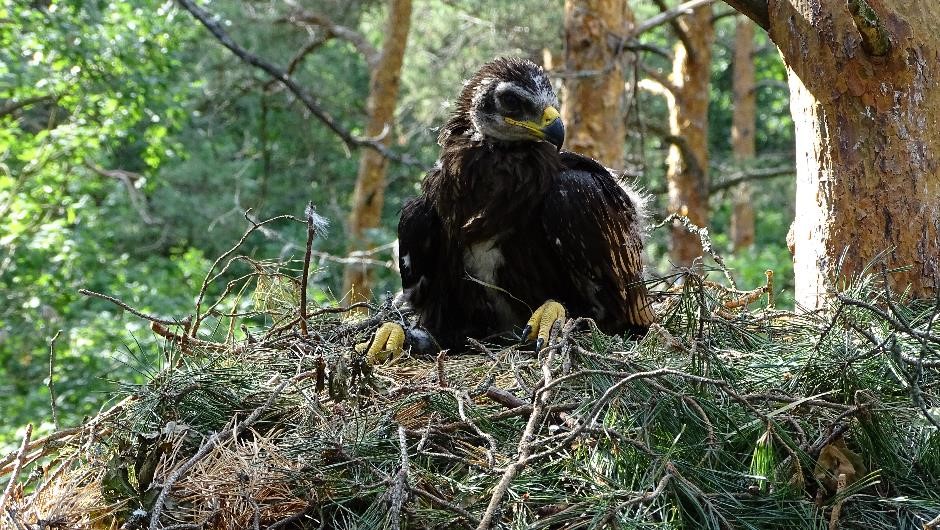



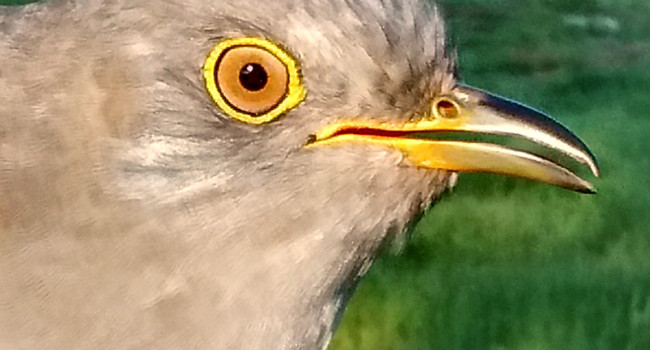
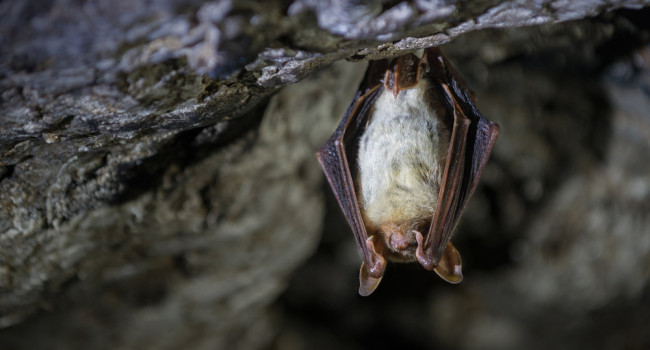
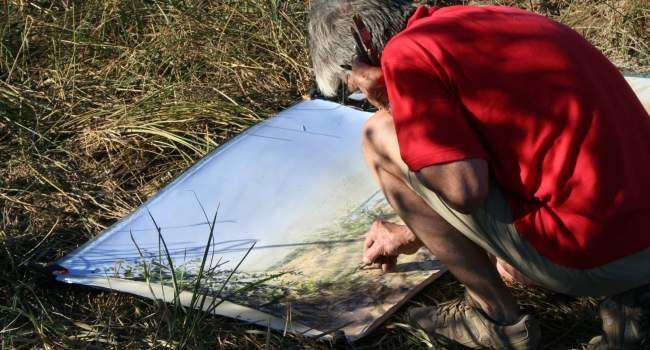

Share this page